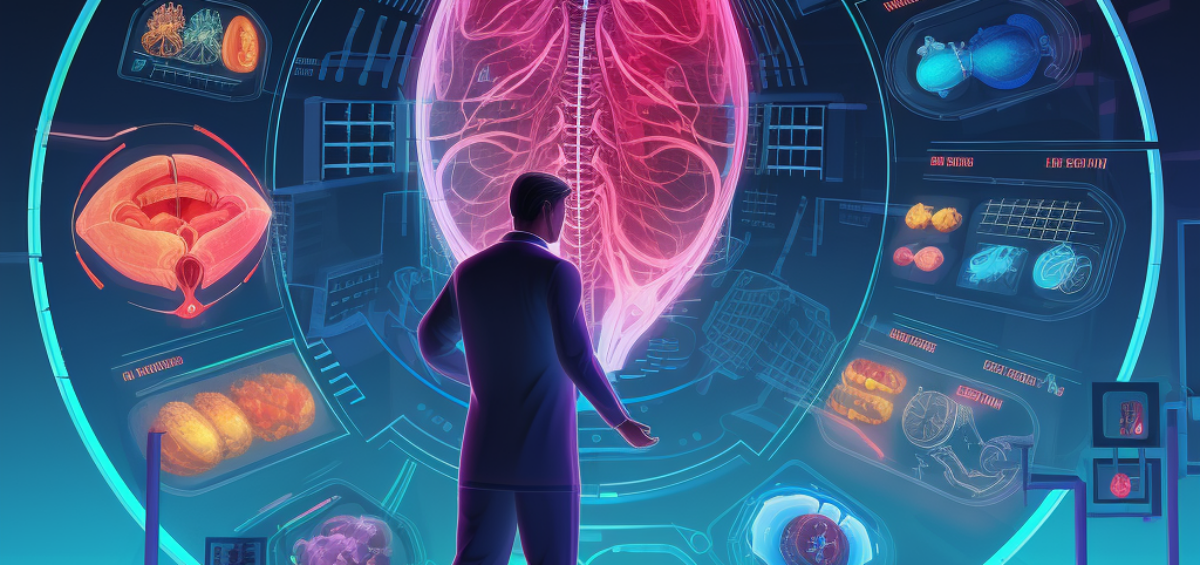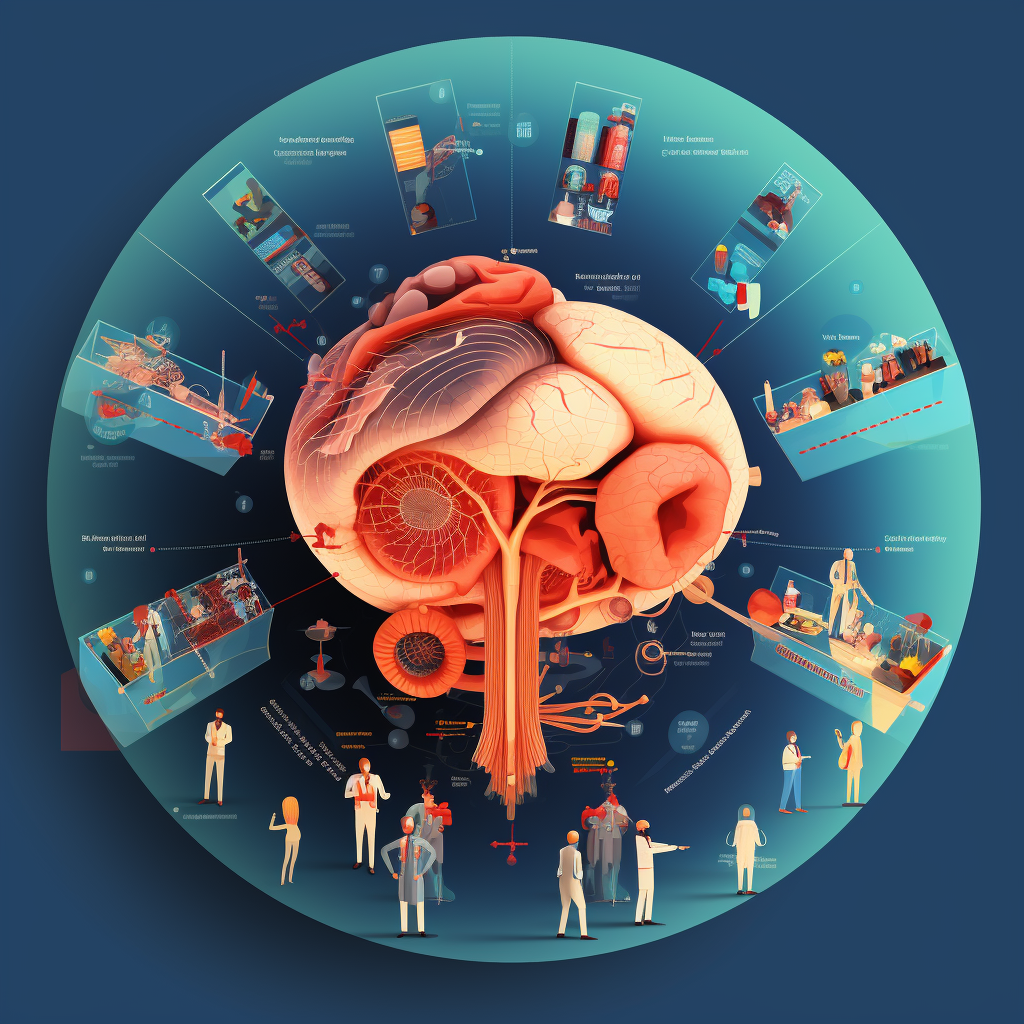Animated Anatomy: Enhancing Medical Learning with Visuals
The field of medical education is evolving rapidly, adapting to new technologies and innovative teaching methods. In this digital age, the power of visual learning, including medical animations, is becoming increasingly evident. The incorporation of animated anatomy into medical learning materials has revolutionized the way students, healthcare professionals, and patients engage with complex medical concepts. In this article, we’ll delve into the significance of animated anatomy and explore the creative process of medical animation studios, shedding light on how these visuals enhance medical learning.
The Significance of Visual Learning in Medical Education
Visual learning plays a pivotal role in medical education. The intricate and often abstract nature of medical concepts, such as the functioning of the human body or complex surgical procedures, requires a comprehensive approach to teaching. Visuals not only aid in understanding but also enhance memory retention.
In the ever-evolving landscape of medical education, the significance of visual learning cannot be overstated. The complex and intricate nature of medical concepts demands innovative teaching methods to ensure that students and healthcare professionals grasp these critical ideas effectively.
The role of visual learning in medical education is multifaceted. It offers a unique pathway to engage learners and enhance their understanding. By incorporating visual elements into the educational process, medical institutions can create a dynamic and compelling learning environment.
Benefits of Animated Anatomy in Medical Education
Visual learning is not a new concept, but its application in medical education has witnessed a remarkable transformation. The dynamic nature of animated anatomy has ushered in a host of benefits for both educators and learners.
Enhancing Engagement and Retention
Medical animations have the unique ability to engage learners, making complex topics more accessible and intriguing. When learners can visualize the content, they are more likely to retain the information. These animations captivate the audience’s attention and create a memorable learning experience.
The ability of animated anatomy to enhance engagement and retention is a game-changer in medical education. Traditional teaching methods can often fall short in capturing the complexities of the human body or medical procedures. However, by using visuals that come to life, educators can bridge this gap and ensure that students grasp the intricate details effectively.
Fostering Comprehensive Understanding
Medical concepts can be incredibly intricate, often involving complex biological processes, anatomical structures, and surgical techniques. Animated anatomy simplifies these concepts, breaking them down into easily digestible visual narratives. This simplification enhances comprehensive understanding, allowing learners to grasp the content more effectively.
The dynamic nature of animated anatomy allows educators to provide students with a comprehensive understanding of medical concepts. By breaking down complex topics into a visual narrative, educators can simplify intricate details and facilitate effective learning.
The Creative Process of Medical Animation Studios
The creation of medical animations is no simple task. It involves a rigorous and structured creative process that brings these visual learning tools to life. Let’s explore each step of this process in detail.
Step 1: Concept and Script Development
It all begins with the conceptualization of the animation’s content. The creative team at a medical animation studio collaborates to develop a concept and create a compelling script that captures the essence of the medical content. This script serves as the foundation for the entire animation, dictating the visual and narrative elements that will be included.
The process of developing a concept and script for a medical animation is a critical first step. The script must effectively convey the medical content, ensuring that it is accurate and educational. Creative professionals work closely with medical experts to create a script that aligns with the learning objectives.
Step 2: Storyboarding
Once the script is finalized, the next step is storyboarding. Storyboarding involves transforming the script into a visual narrative. This phase defines the sequence of events, transitions, and key visual elements that will be included in the animation.
Storyboarding is the blueprint for the entire animation. It guides the entire creative team, from illustrators to animators, in visualizing the content accurately. By mapping out the visual elements in this stage, the team ensures that the animation aligns with the script’s objectives.
Step 3: Design and Illustration
The design and illustration phase brings the storyboard to life. During this stage, artists and illustrators work meticulously to create the characters, anatomical models, and environments that will be featured in the animation. This is a highly creative phase where every visual detail is crafted with precision.
The design and illustration phase is a testament to the artistry and technical skill of the creative team. Each visual element is created with the utmost attention to detail, ensuring that it accurately represents the medical content and engages the audience effectively.
Step 4: Animation and Visualization
Animation is where the visuals truly come to life. In this stage, animators add motion and depth to the illustrations. They bring movement to characters and anatomical structures, ensuring that the animation is both educational and engaging.
Animation breathes life into the visual elements of the animation. This step is critical in ensuring that the animation effectively conveys the medical content while captivating the audience’s attention.
Step 5: Voiceover and Sound
Adding voiceovers and sound effects to the animation is a crucial element in enhancing the learning experience. Professional voiceover artists lend their voices to the narrative, providing explanations and context. Sound effects are incorporated to create an immersive experience.
Voiceovers and sound effects enrich the animation’s audio component, making the content more engaging and informative. Learners can absorb the information effectively, guided by a clear and professional voice.
Step 6: Review and Refinement
Before the animation is finalized, it goes through a rigorous review process. Medical experts and educators review the animation to ensure its accuracy and alignment with the intended learning outcomes. Any necessary refinements are made at this stage.
The review and refinement phase is essential to guarantee that the animation meets the highest educational standards. The animation must be both accurate and effective in conveying the intended medical content.
Conclusion
Animated anatomy has emerged as a transformative force in medical education. Its ability to enhance engagement, foster comprehensive understanding, and simplify complex medical concepts has made it an invaluable tool for both educators and learners. The creative process of medical animation studios ensures that these animations are accurate, educational, and engaging.
As we look to the future of medical education, it is clear that animated anatomy will continue to play a vital role in enhancing the learning experience. By combining creativity and technology, medical animation studios are shaping the way we teach and learn complex medical concepts. Animated anatomy is not just a teaching tool; it’s a gateway to a deeper understanding of the intricate world of medicine.
FAQs
1. What are the advantages of using medical animations in education?
Medical animations enhance engagement, foster comprehensive understanding, and simplify complex medical concepts, making them highly effective in education.
2. How accurate are medical animations in conveying medical content?
Medical animations undergo rigorous review and refinement by medical experts to ensure accuracy and alignment with educational standards.
3. Who creates the scripts for medical animations?
The scripts are created through collaboration between creative professionals and medical experts to ensure accuracy and educational value.
4. Do medical animations include voiceovers?
Yes, voiceovers and sound effects are added to provide explanations, context, and an immersive learning experience.
5. What is the future of animated anatomy in medical education?
Animated anatomy will continue to play a vital role in enhancing the learning experience, shaping the way complex medical concepts are taught and understood.




